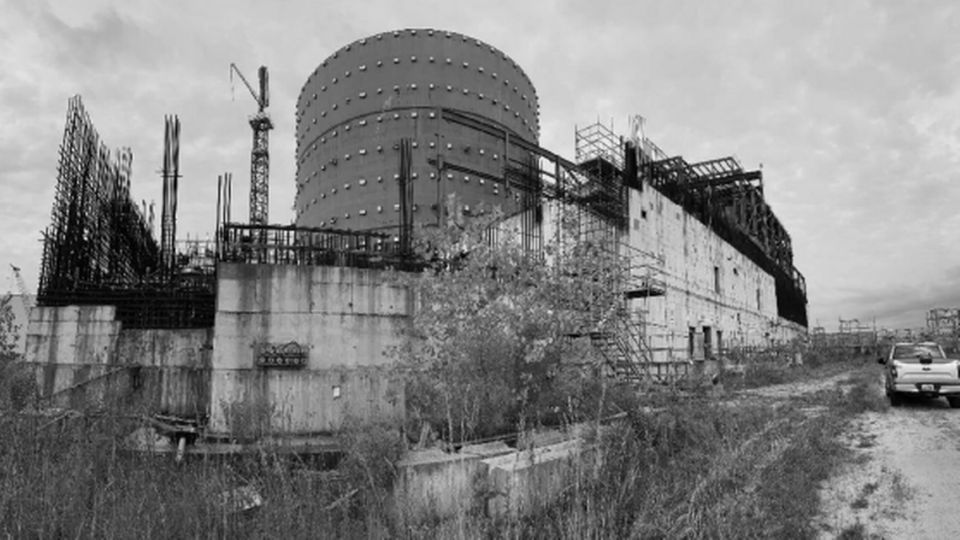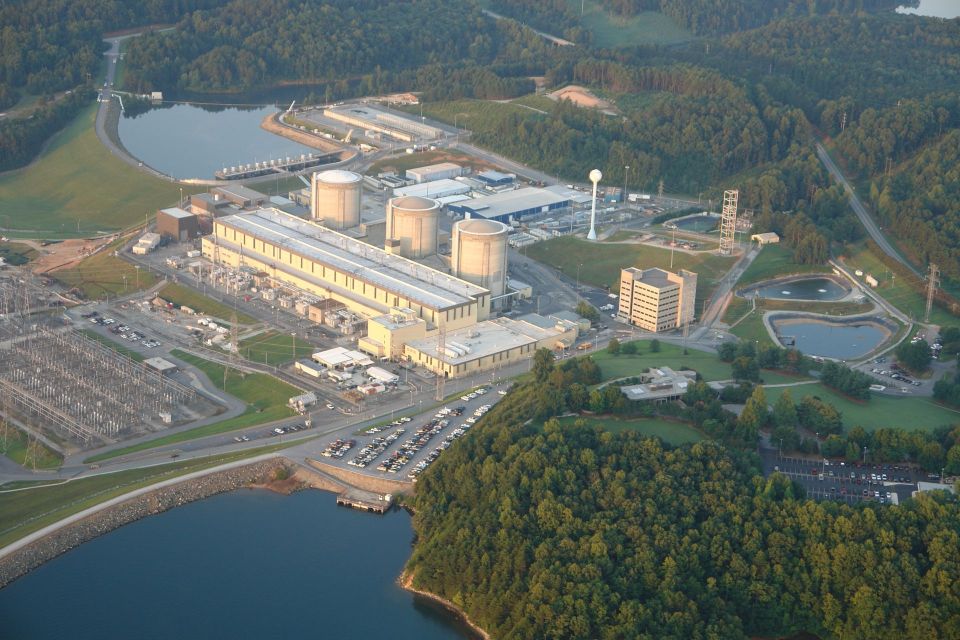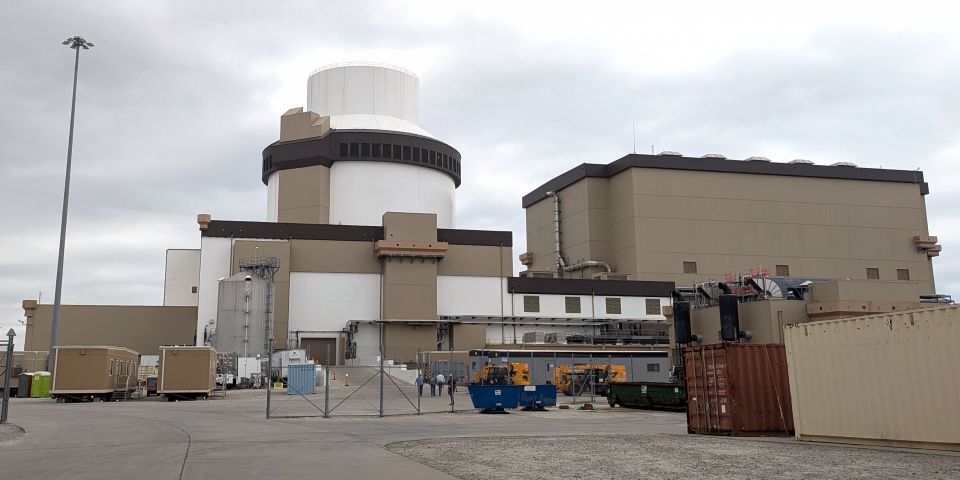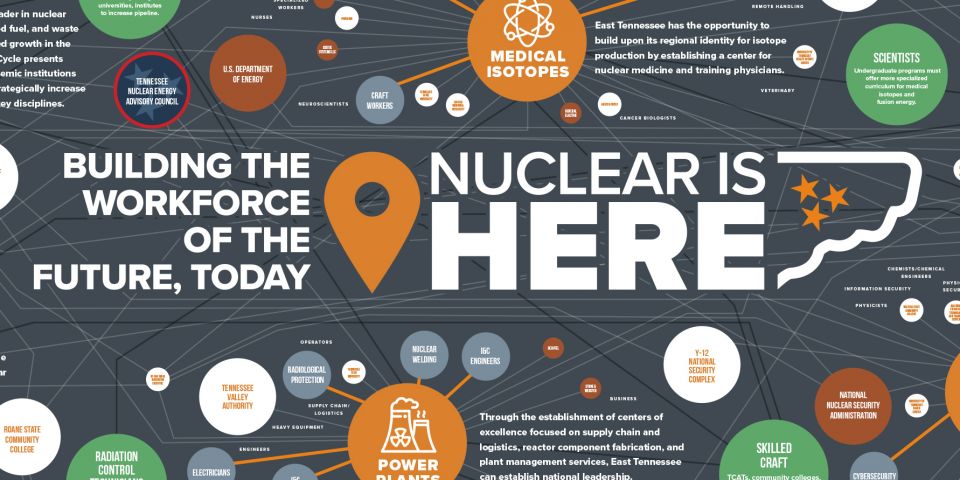New report details impact of nuclear energy in southeastern U.S.
A seminal new report by the Southeast Nuclear Advisory Council and E4 Carolinas has identified the significant economic impact of the nuclear industry within the southeastern United States. The report, The Economic Impact of the Nuclear Industry in the Southeast United States, provides a baseline for future research into the crucial role nuclear power plants play in shaping regional economies and facilitating the shift to clean energy.






